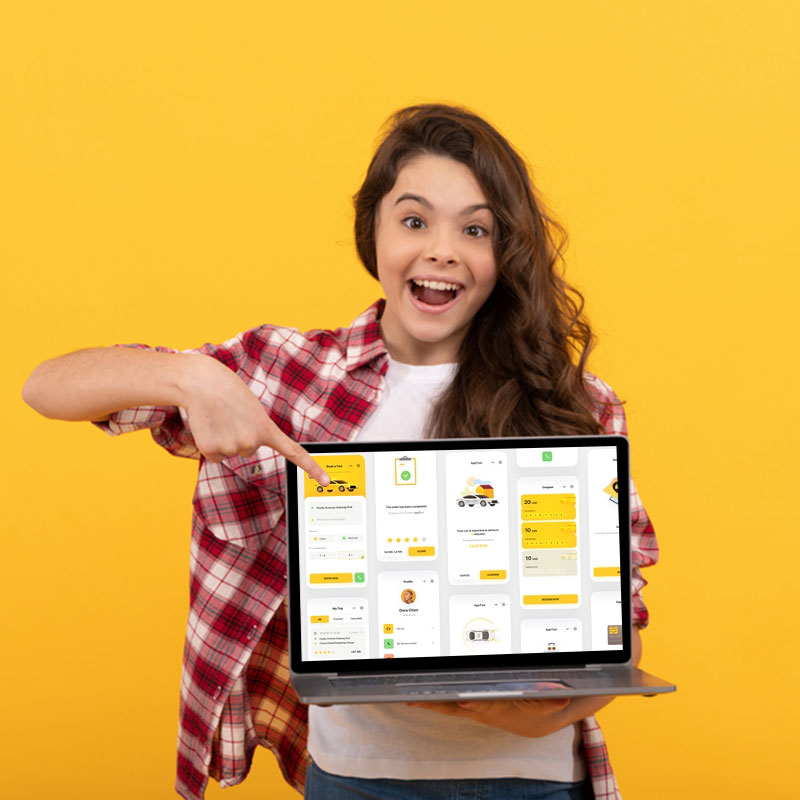Formative Assessment for developing 21st Century Skills
As per NEP, we need to create an enabling framework that helps in doing away with rote-learning and facilitates deployment of an inquiry-based, project-based education ecosystem that not only enhances the learning outcomes but also helps in rendering an overall development of students.
Project-Based Learning (PBL) is an instructional approach designed to give students the platform to apply their knowledge and skills to design solutions for real-world problems through engaging projects.
In PBL, students investigate the given problem using the inquiry process, brainstorm ideas, explore the ideas and challenge them through collaborative activities, design & develop a prototype that addresses the problem, present their prototype to teachers and peers for feedback, and refine the prototype based on feedback received.
PBL uses Formative Assessment where assessment procedures are conducted by teachers during the learning process to modify teaching and learning activities to improve student performance while building 21st century skills like critical thinking, collaboration, creativity, and communication.
This assessment helps teachers to identify where students are in relation to their learning goals, determine how to best use time to support student learning, and give meaningful feedback to students for improvement.
This assessment helps students to reflect on their learning and its connection to their goals, determine where they are in relation to their learning goals and identify ideas to research and take actions to meet their goals.
Teachers can assess students in the following ways:
Keep a visual record of the learning process
Teachers can document the performance and progress of students by taking their photos and videos (after obtaining written parental permission) while they’re working on their project, participating in a discussion, looking for information, creating etc.
When students see their photos/videos, it gives them the opportunity to observe their work, reflect, and make decisions about moving forward, with the guidance of their teacher. These photos/videos can be further shared with their families and students can explain them their learning process.
Create a project wall
Teachers can create a project wall on a bulletin board or online and share with the students through the school’s LMS. Let students make a diagram of the different parts of their project, the resources they have/they’ll need, deadline etc. and put it on the project wall. As the project unfolds, students will document the display in the classroom for the class to see, comment and assess.
Let students reflect together on teamwork
Teachers can assign some time for students to reflect together on how they’re working as a team, how the activities are distributed among them, how reliable the work of each member is, how they’re solving problems, and how they’ll continue working to achieve their project goal.
ICT 360 provides NEP aligned, STEM accredited ICT curriculum with ready-to-use content, design and computational thinking approach to projects as well as interdisciplinary learning material on an online platform that caters to today’s relevant technologies and future skills requirements. It is designed to help teachers improve their instructional practices with 21st century teaching skills through train-the-teacher program, build a strong foundation to empower students with the ability and skills to design & create amazing things on their own in a fun & engaging environment, excel in academics and prepare them to be industry- and career-ready.
With 50+ partner schools across India, it aims to empower students with creativity, problem-solving, design and advanced tech skills from an early age. These skills are essential for future job roles like AI & ML Specialist, Game Designer, Graphic Designer, Software & Applications Developer, Animator, Robotics Engineer, Data Analyst, and IOT Specialist.

